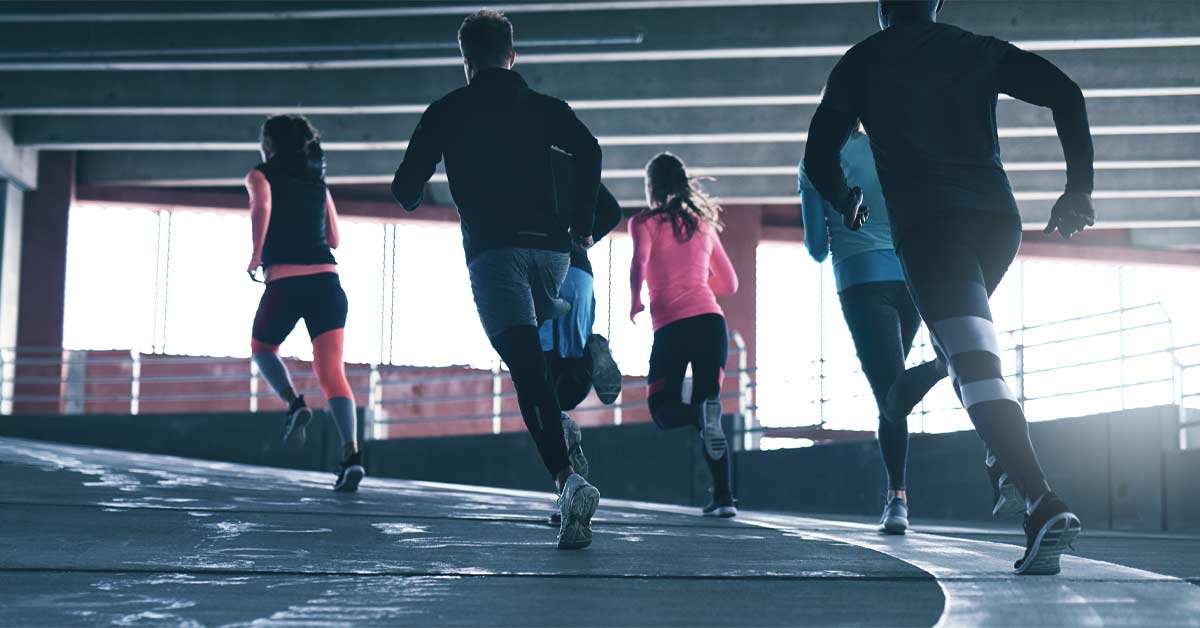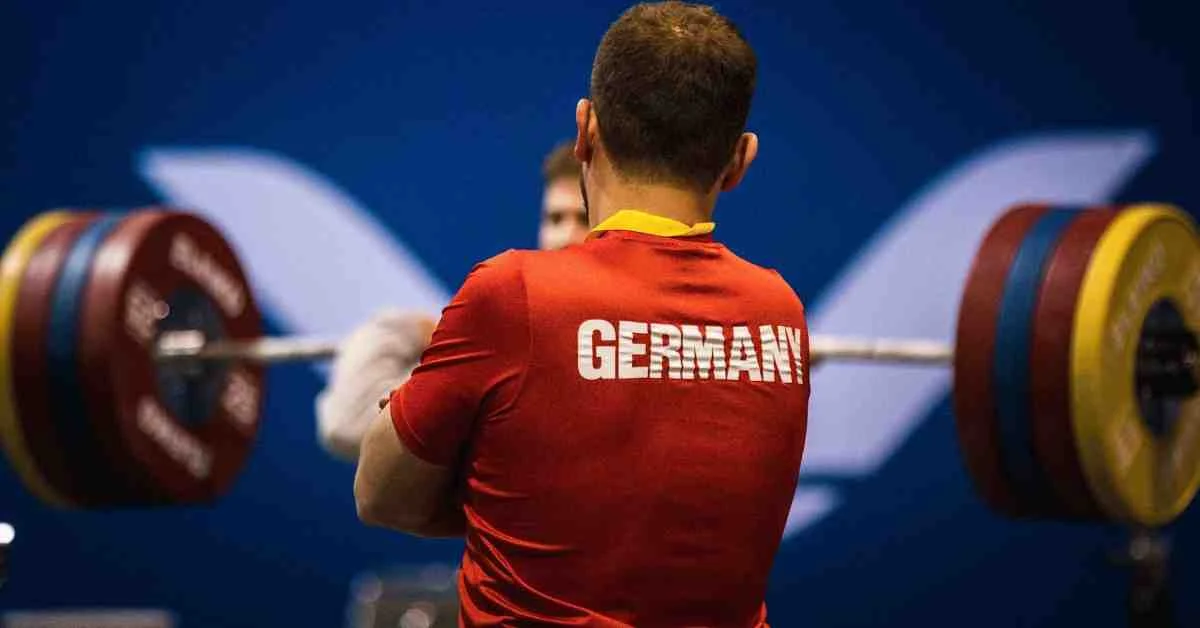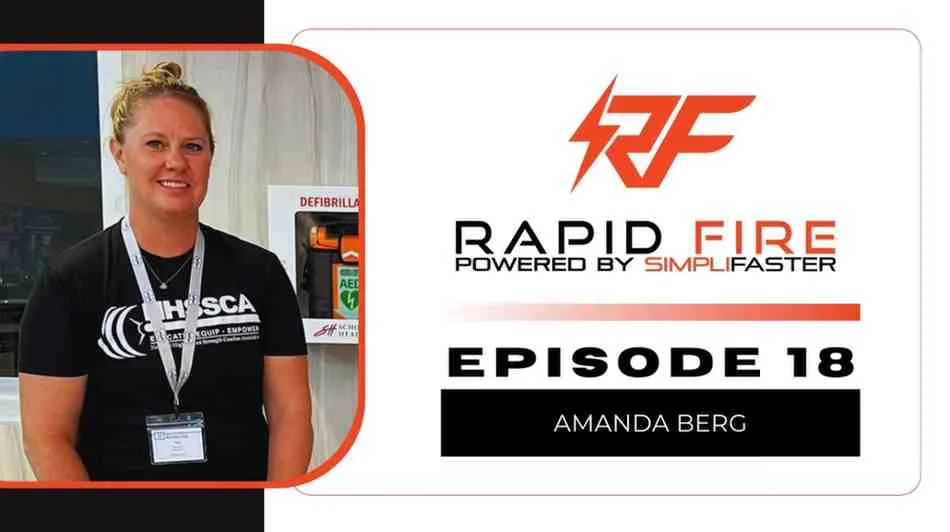Recent training fads in the speed world have been quick to dismiss the value of submaximal running in any context, favoring extremely polarized methodologies instead. While these types of development often can yield quick, tangible results, they are often not sustainable because of glaring omissions. What makes an all-or-nothing approach to training briefly effective is also its ultimate undoing.
The human body is incredibly resilient and, as the SAID principle states, will adapt to the specific demands imposed upon it. Continually exposing an athlete to the same extremely specific, typically highly stressful stimuli will work but it will not work forever, as the body will quickly respond and just as quickly become desensitized. Over-familiarity will lead to stagnation in progress or even worse: overuse and burnout-associated injuries.
Over-familiarity will lead to stagnation in progress or even worse: overuse and burnout-associated injuries, says @houndsspeed. Share on XFor greater sustainability a less aggressive, more well-rounded approach is optimal. Changing stimuli is necessary for continued growth. It is for precisely this reason that submaximal development can serve not just as a sturdy foundation but a potent means by which to improve max output demonstration. In this blog I will provide compelling arguments (beyond the more obvious conditioning effect) as to why timely, subtle investments in tempo work allow for greater max threshold sprint dividends in the future.
1. Not All Running Is Created Equal
Diversifying from the pursuit of one singular max output and allocating appropriate energy resources to pursue breadth instead of depth at critical times is an important concept when trying to elicit any type of adaptation. Athletic growth is never perfectly linear, and to maintain positive trends it is essential to be willing to move backwards and laterally at times to allow for even greater progress in the future. Constant inundation with the same stimuli over and over will quickly lead to diminishing returns and eventually stagnation altogether.
Sometimes it is as simple as changing the exercise or stimulus, and sometimes more nuance is needed for the same stressor. Subtle tweaks as opposed to massive reconstructions allow an athlete to stay on the most direct path to their end goal while ensuring constant growth. Being able to switch gears and “throttle down” to become skilled at different running speeds and intensities or tempos provides such opportunity.
Tempo work is typically only viewed as a means by which to condition and sadly this robs athletes from experiencing the true value they possess. Submaximal running does not have to equate to under recovered, highly stressful, glycolytic bombs that serve to derail max speed gains. If viewed more as a method to develop skillful, fluid, and relaxed running with quality ground contact and good frontside mechanics, tempo running becomes the most specific means by which to practice the art of sprinting without in fact sprinting and enduring the higher degrees of stress that accompany it. Less stress provides more opportunity to train and more training means stronger running and even better sprinting.
2. Less Drill, More Functional Skill
Technical work with positioning, marching, skipping, and form running will always have value regardless of how advanced an athlete becomes. Integrating these types of coordination drills can provide natural progressions in motor complexity and intensity which are great for a smooth intensification process during warmup. Despite the value these drills possess, tempo runs are a more practical developer of skill. Submaximal tempo work effectively bridges the gap from the low intensity drilling to the more intensive sprinting by providing a more specific way to rehearse going fast.
Good tempo work allows an athlete to feel position, cadence, and propulsion in a more realistic setting and providing the opportunity to accumulate quality ground contact without imposing too much additional stress. This is precisely why sufficient recovery is important even in submaximal, extensive settings. If approached from the angle of facilitating and then preserving quality first, volume will organically grow after repeated exposures over time.
3. Better Fuel Efficiency
As a result of the increased volume of good frontside mechanics and better ground striking capabilities, fitness will naturally improve. By framing tempo work within the parameters of good movement standards, it creates an environment in which max speed and high fitness can coexist harmoniously. Stopping a mile early as opposed to an inch late is always best practice as it relates to training, even if conditioning is part of the end goal. If submax sessions are terminated prior to complete exhaustion and degradation of motor skills, it will ensure the intensive sessions to follow will not be adversely affected.
When tempo work is used irresponsibly and volume is placed in front of quality, the athlete often can get stuck in a rut in which they are not really making progress developing their maximum thresholds as they are overly fatigued. Closely monitoring volume and timing both extensive and intensive efforts will go a long way to make sure the entire process trends in the proper direction. As the athlete becomes more proficient technically and their maximum sprint capabilities improve, their ability to conserve energy at submaximal speeds will increase as well.
Closely monitoring volume and timing both extensive and intensive efforts will go a long way to make sure the entire process trends in the proper direction, says @houndsspeed. Share on XIncreasing thresholds at the top end means a competitor must expend less energy at slower speeds. Becoming more efficient at managing energy resources is important for ball court athletes to ensure they can maintain quality throughout the duration of their competition, and for track athletes as it pertains to race modeling and strategy. Running relaxed is widely accepted as best practice for maximum speed, but how can relaxation be truly developed if never really practiced? Pace control and tempo teaches the skill of relaxation and allows the athlete to refine their specific approach to staying smooth and fluid.
4. Specific Armor Building
Nothing is as potent of an inoculant against soft tissue injury as appropriately controlled and prescribed doses of maximal sprinting. However, you do not magically progress from walking to sprinting without first ramping up. Extensive tempos gently condition the primary muscles used for sprinting: the hips, groin, glutes, and hamstrings.
Squats, deadlifts, RDLs, and Nordic hamstring curls are great for general strength development and are excellent at supplementing the more specific impact-intensive submaximal runs, but they cannot exclusively take the place of running. Tempo work is also important for preparing the tendons and connective tissue for more intensive efforts.
Muscles adapt and develop much faster than tendons so adopting a more holistic approach to speed by frequently varying intensities doubles nicely as a great form of prehab and ensuring the development process is not rushed. The best ability often is availability, and slow cooking adaptation will always be the safest. Diversity in pace and a mixed approach to developing different concepts or attributes within running can go a long way in keeping athletes highly prepared, healthy, and mentally engaged.
The best ability often is availability, and slow cooking adaptation will always be the safest, says @houndsspeed. Share on X5. ‘Key’ to COVID Lockdown
Human beings are not robots and the mental aspect of training and preparing to compete cannot be overlooked. Lockdowns and restrictions due to the COVID-19 pandemic have greatly limited athletes’ abilities to train as they usually do by limiting access to facilities and coaches alike. For individuals that gravitate towards structure and routine this can become cause for anxiety, so having some form of effective stress relief is invaluable.
While it may not be the necessary mental reprieve for everyone, the less intensive, more relaxed nature of tempo work can serve to provide an opportunity just to get out and get some fresh air and quite simply move! Quality movement, some degree of freedom, and the feeling of accomplishment can really get the endorphins flowing—and that matters. Running requires little to no thought, no equipment, and (at submax pace) little emotional or sympathetic investment. As an easy and readily available option, sometimes it is just what an athlete needs.
Human beings are not robots and the mental aspect of training and preparing to compete cannot be overlooked, says @houndsspeed. Share on X6. Mental Discipline
Developing high levels of performance means always doing what is necessary. Sometimes what is necessary is not convenient, fun, or comfortable. However, it is the pursuit of discomfort that drives change in any capacity. Without ever disrupting homeostasis, adaptation cannot occur. Tempo work often requires great discipline and an even greater sense of delayed gratification knowing that the investments made today will be able to be withdrawn with greater yields in the future.
It is the pursuit of discomfort that drives change in any capacity, says @houndsspeed. Share on XIt is easier to get up mentally and emotionally for short sprints with immediate, objective feedback but not so much for running hill repeats with a heart rate monitor dictating pace. Both are equally as important to holistic development and it is important that athletes approach each similarly regarding attention to detail and intent. Intent is not interchangeable with effort. Intent in a submax context can mean following prescribed rests, intensities, and rep schemes as they are intended.
Mental discipline is a skill that can be developed through practice and refinement just like any physical attribute. This goes beyond enduring uncomfortable physical training and can be demonstrated in an athlete’s diet, recovery habits, behavior towards others, and even in their outward appearance.
7. Body Composition
At the end of the day, you cannot run from physics and physiology. Athletes are constantly at odds with both inertia and gravity, so it is in a competitor’s best interest to try and “build the biggest engine while maintaining the smallest chassis.” Paul Fabritz, trainer to many NBA athletes and elite dunkers, states it best: “Fat don’t fly!” Mass-specific force represents the dynamic relationship between an athlete’s absolute and relative strength in the context of their weight (weight and mass interchangeable on earth).
Becoming as powerful as possible while staying lean and mean requires constant vigilance of strength and speed numbers as well as the scale. Tempo running can be an effective means of accumulating quality ground contact while burning some extra calories. This strategy may not be relevant to everyone (such as “hard gaining” ectomorphs who struggle to keep weight on), so knowing the specific needs and metabolism of each individual athlete is key.
Becoming as powerful as possible while staying lean and mean requires constant vigilance of strength and speed numbers as well as the scale, says @houndsspeed. Share on XPatience is a Virtue
Long-term speed growth is best sustained with a diverse, holistic approach. Having the foresight and willingness to switch gears to maneuver either backwards or laterally at appropriate times throughout this process will go a long way in ensuring trends stay positive. This requires the patience to not fall prisoner to the moment.
Submaximal tempo work with varied intensities and distances can provide just enough subtle variation to the maturation of the total sprinting process to enhance prosperity; it can be so much more than just a blunt, simplistic conditioning tool. Like any tool, it is all in how it is used, so instead of being quick to vilify, start exploring the possibilities and make tempo running work for you!





